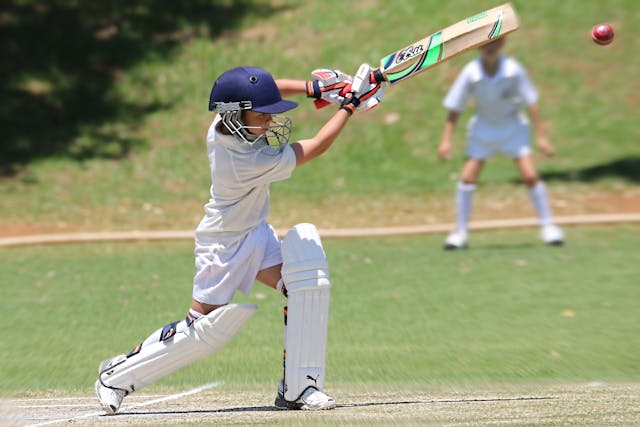Spain National Football Team vs Brazil National Football Team Timeline
Football is a sport with a long and rich history, and two of the most iconic teams in the sport are Spain and Brazil. The Spain national football team, known as “La Roja,” has been a European powerhouse with multiple championships, including a World Cup win in 2010. Meanwhile, the Brazil national football team, often referred to as “Seleção,” is considered by many as the most successful football team in the world, with five World Cup victories to their name.
The encounters between these two giants of football have produced unforgettable moments and have added to the legacy of both teams. In this article, we will take a journey through the timeline of key matches between Spain and Brazil, focusing on how these clashes have shaped their footballing rivalry.
Early Encounters: 1934 to 1980s
The rivalry between Spain and Brazil stretches back to the early years of international football. Their first recorded match took place during the 1934 FIFA World Cup in Italy. At the time, neither team had established itself as a dominant force on the global stage, but the game set the tone for a future rivalry.
Spain and Brazil’s early clashes were often friendly matches or exhibition games, and both teams had mixed results. In the 1950 World Cup, held in Brazil, La Roja played against Brazil in what became known as the “Maracanazo” tournament. Brazil famously lost in the final to Uruguay, but Spain had a different role, finishing fourth overall after a group-stage loss to Brazil.
In the 1962 World Cup in Chile, the two teams met in the group stage again, with Brazil triumphing 2-1. Brazil would go on to win the tournament, claiming their second World Cup title.
1990s: Growth of Spain, Continued Brazilian Dominance
The 1990s saw Spain’s rise as a European football power while Brazil continued its dominance on the world stage. In 1986 and 1994, Brazil again showcased its superiority, winning their fourth World Cup in 1994 under the leadership of stars like Romário and Bebeto.
Spain, on the other hand, was in the process of developing a football identity that would eventually become known for its “tiki-taka” style of play, a quick-passing, possession-based approach. Although their meetings during the 1990s were not as frequent or high-profile, both teams grew stronger and became even more respected globally.
1999 FIFA Confederations Cup
A significant meeting between the two teams happened during the 1999 FIFA Confederations Cup in Mexico. The match ended in a 1-0 victory for Brazil, with a solitary goal from forward Ronaldinho. At the time, Brazil was experimenting with young talents like Ronaldinho, who would go on to become one of the biggest stars in world football.
This game was notable for the contrasts in styles—Spain’s developing possession-based play vs. Brazil’s traditional flair and attacking creativity. While Spain lost this match, their evolution into a top footballing nation was becoming more apparent.
2010 World Cup: Spain’s Era Begins
The period between 2008 and 2012 is often called Spain’s “golden generation.” During this time, La Roja won the 2008 European Championship, the 2010 FIFA World Cup, and the 2012 European Championship, establishing themselves as one of the greatest teams in football history.
However, the most famous match between Spain and Brazil would come after Spain’s World Cup triumph. While Spain dominated European and global football with their precise tiki-taka style, Brazil was undergoing a period of transition, with rising stars like Neymar leading the charge.
2013 FIFA Confederations Cup Final: Brazil 3-0 Spain
One of the most memorable encounters in recent history between the two teams took place during the 2013 FIFA Confederations Cup final in Rio de Janeiro. Spain, the reigning world champions, faced Brazil in what was considered a preview of the 2014 World Cup. Brazil, however, dominated the match, winning 3-0 with goals from Fred (2) and Neymar.
This victory was seen as Brazil’s resurgence and a sign that the Seleção was ready to compete for the 2014 World Cup on home soil. For Spain, the loss marked the beginning of the end for their golden generation, although they remained a formidable force.
2018 World Cup Build-Up and Recent Friendly Encounters
In the years leading up to the 2018 World Cup, Spain and Brazil both experienced highs and lows. Spain entered the tournament as one of the favorites, while Brazil, under manager Tite, had rebuilt its squad into a balanced, defensively solid team led by Neymar.
Though the two teams did not meet during the 2018 World Cup, they faced off in several friendly encounters in the build-up to major tournaments. These matches often showcased a mutual respect between the two sides, with Brazil’s flair balancing against Spain’s tactical discipline.
Tactical Differences: Brazil’s Flair vs Spain’s Tiki-Taka
One of the defining characteristics of Spain and Brazil’s encounters has been the stark contrast in their playing styles. Brazil is known for its expressive, creative, and attack-minded football, often relying on individual brilliance and samba-style play. The Seleção has produced some of the greatest players in football history, including Pele, Zico, Romário, Ronaldo, Ronaldinho, and Neymar.
Spain, on the other hand, has become synonymous with tactical discipline and the tiki-taka style, which emphasizes short, precise passes and maintaining possession. Pioneered by players like Xavi, Iniesta, and Sergio Busquets, tiki-taka has proven to be extremely effective, especially during Spain’s golden era.
What the Future Holds: 2020s and Beyond
As we move further into the 2020s, both Spain and Brazil continue to produce world-class talents. Brazil, under Neymar’s leadership, remains a top contender for global titles, while Spain, with a younger generation of players like Pedri and Gavi, looks to regain its place at the pinnacle of world football.
Future matches between Spain and Brazil will undoubtedly be anticipated with excitement, as both teams continue to evolve and adapt to modern football trends. The tactical battles between their contrasting styles will always provide thrilling spectacles for fans around the world.
Conclusion
The timeline of Spain vs Brazil matches reflects the rich histories of both teams. From the early World Cup encounters to the modern-day tactical duels, these two footballing giants have provided fans with thrilling and memorable moments. While Spain’s possession-based dominance has often clashed with Brazil’s flair, both teams have left an indelible mark on football history, and their rivalry is sure to continue in the years to come.





Post Comment